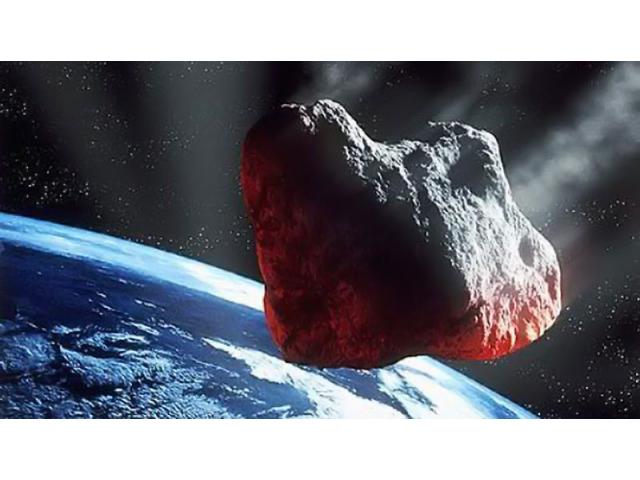Asteroid 2012 DA14 will pass closer than geostationary satellites to Earth in 2013
Asteroid 2012 DA14, a 150-foot space rock orbiting Earth, will pass closer than geostationary satellites to our planet on February next year.
NASA’s Impact Risk report said that the odds of the space rock actually hitting Earth are very low indeed – but on February 15, 2013, it will pass just 17,000 miles from Earth, closer than “geostationary” satellites.
If an asteroid of that size hit Earth, it would cause an explosion similar to a nuclear blast.
Two astronomers from the Observatorio Astronómico de La Sagra in Spain spotted 2012 DA14 in late February and its orbit has been calculated to be very similar to Earth’s.
Some reports suggested that on February 15 next year an impact was a possibility, but U.S astronomer Phil Plait, the creator of the Bad Astronomy blog, has ruled out an impact.
Phil Plait wrote: “Asteroid 2012 DA14 is almost certainly not going to hit Earth next February. And by <<almost certainly>>, I mean it. The odds of an impact are so low they are essentially zero. This does not rule out an impact at some future date, but for now we’re safe.”

Asteroid 2012 DA14, a 150-foot space rock orbiting Earth, will pass closer than geostationary satellites to our planet on February next year
The asteroid will come within 17,000 miles of Earth, which is closer than some of our satellites, but Phil Plait says this is nothing to worry about.
The astronomer adds: “Seventeen thousand miles is well beneath many of our own orbiting satellites. To the best of my knowledge, this is the closest pass of a decent-sized asteroid ever seen before the actual pass itself. However, let’s again be very clear – it will miss. In astronomical terms, 17,000 miles is pretty close, but in real human terms it’s a clean miss.”
After 2013, 2012 DA14’s closest brush with Earth will come in 2020, but Phil Plait said that even then the odds of an impact will be less than the chance of being hit by lightning in your lifetime – 1 in 100,000.
What are the chances of a major impact?
NASA’s latest scan for “impact event” threats used the Wide-field Infrared Survey Explorer, or WISE and took two infrared scans of the entire celestial sky between January 2010 and February 2011.
The scan aimed to find asteroids and comets “near Earth” – i.e. within 120 million miles.
The scan found there are 20,500 asteroids and comets that could destroy a city-sized area within 120 million miles of earth – previously the figure was thought to be 36,000.
NASA says the risk of impact is less than previously thought. The likelihood of a “planet-killer” – the mountain-sized asteroids in the “large-sized” range, above 3,300ft – appears to have fallen more significantly.
There are only 981 of these objects near Earth, and NASA has found 911 of them.
